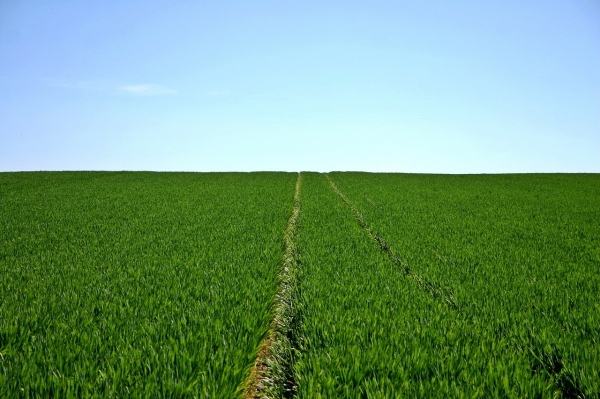
With the goal of reducing the time and cost it takes to bring an improved crop to the marketplace to improve agriculture sustainability, research conducted in the laboratory of Keith Slotkin, PhD, and with his collaborator, Veena Veena, PhD, director of the Plant Transformation Facility, was recently published in the scientific journal Nature.
>> Read the Full Article

 ENN
Environmental News Network -- Know Your Environment
ENN
Environmental News Network -- Know Your Environment